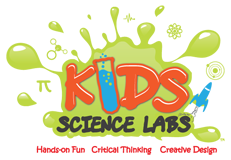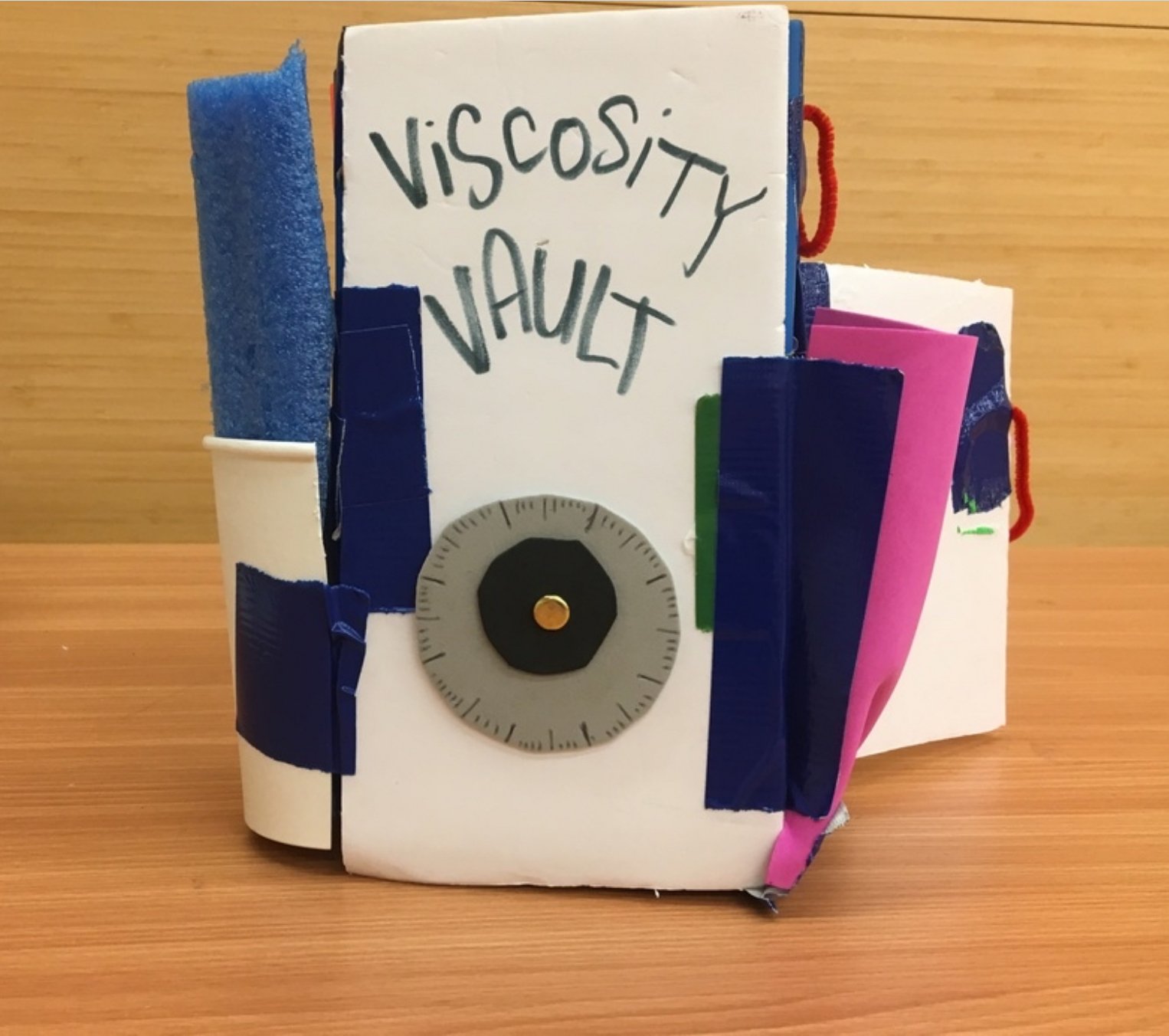Most games have rules and boundary conditions, otherwise they would be mass chaos. Some games use equipment, and those levers and balls are designed with a lot of intention because different materials affect how the game can be played. With the Olympics just around the corner, our students used hands-on science to explore the forces, materials, and even the types of rules that optimize fun for the participants.
Today, in this How Stuff Works camp about Sports Medicine and the Olympics, our students designed a unique game of Knockout Ball using custom paddles and materials, while exploring hands-on science:
how the length of materials of a stick can significantly influence the distance a ball travels when hit (levers apply a force)
how various balls are made, and how their size, shape and material science affect the distance they travel, as well as the elastic force they can generate
why most games need rules to allow players to understand how to compete
how science is used in every Olympic Sport to optimize an athletes ability to compete at the highest level
Your child made a version of Knockout ball and you can engage with them by watching the video below about the science of how rubber balls, such as basketballs, are made…





































